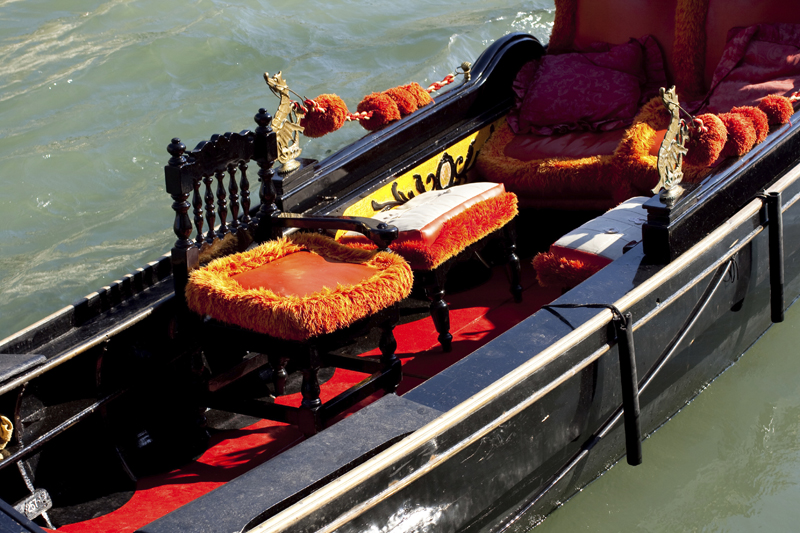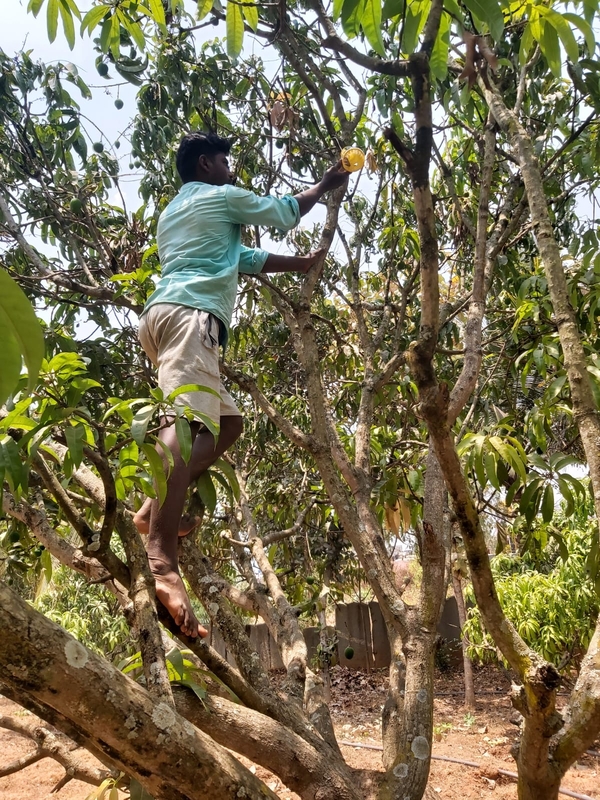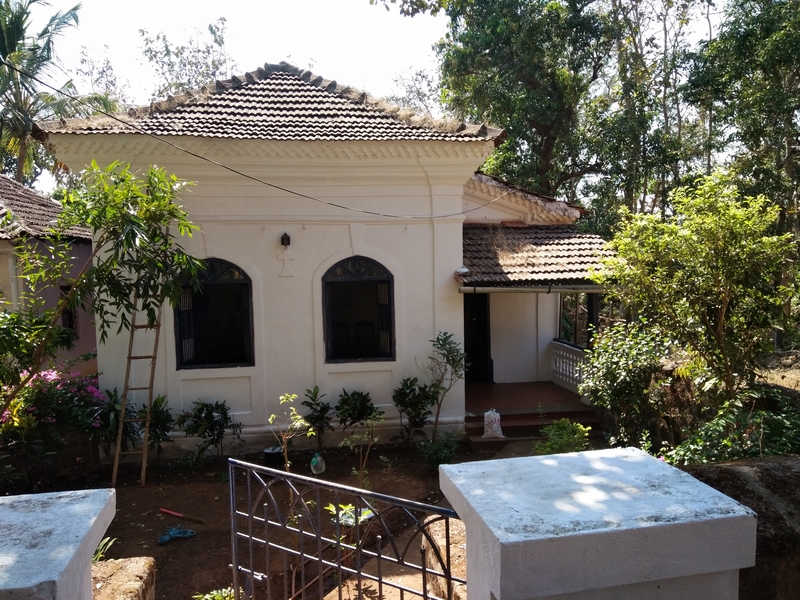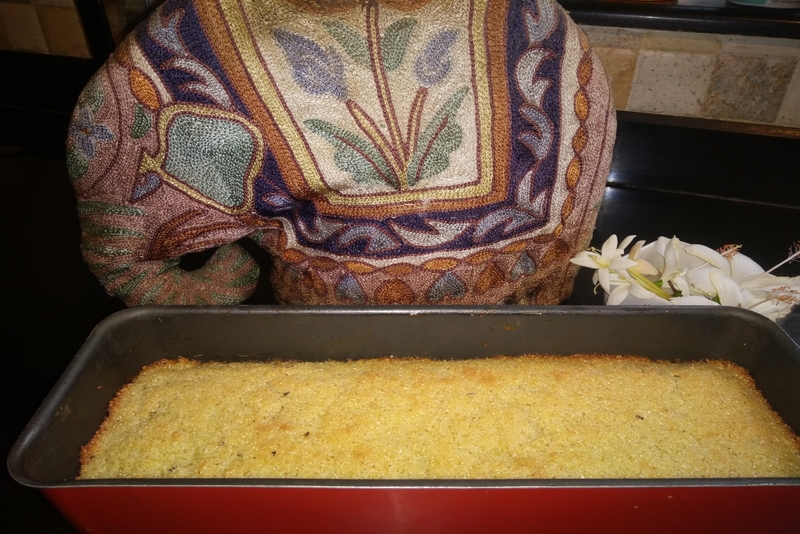The Avoca Handloom Mill in Dublin

We had come in a day early before the ESOF 2012 conference, being held in Dublin, to go on a day trip to the Wicklow Mountains and Glendalough.There were these hazy pictures of mountains on our brochure, but we did not know that we were going to see a real, live, old fashioned hand-loom mill called Avoca which produced the most wonderful warm fabric for a host of products.
The countryside was pristine perfect,and there was nothing to spoil the beauty. No ugly buildings, no unsightly scars of mining, the whole area was picture book perfect and naturally has been popular with the Hollywood set, to shoot their films in. Driving along very narrow winding lanes, in a huge airconditioned bus in itself was a feat for the driver, but when he turned into the Avoca Handweavers factory, I wondered was he ever going to make it? But he did, and soon we were tumbling out to go for a tour around the world famous, Irish factory.
Avoca( Abhóca) is a small town near Arklow, in County Wicklow, Ireland. It is situated on the River Avoca. “The Avoca area has been associated with its famous copper mines for many years and the valley has been immortalised by Thomas Moore in the famous song The Meeting of the Waters. The name of the song sprang from the meeting of the Avonmore and Avonbeg rivers, about two miles from the village of Avoca,” explained our smiling and chatty guide. “The song is said to have been written under a tree, the stump of which remains by the Meetings.”
History has it that the mill was set up in 1723 as a co-operative, where farmers could spin and weave their wool. In the Avoca Village, County Wicklow Mill's uncoloured yarn, was turned into tweeds and blankets. However, colour soon came to Avoca as vivid natural vegetable dyes in reds, greens, and yellows brightened the Mill's output. These were soon recognised as Avoca Handweavers' signature hues and the Mill thrived through the 1920s and 30s when it was run by a trio of sisters, called the Wynnes.
By the 1960s however,the mill had fallen into disrepair, until a young couple took over in the mid-seventies. When Donald & Hilary Pratt bought the Avoca Handweavers Mill in 1974, he was a Dublin lawyer and was handling the sale of the site for development. He ended up buying it himself despite knowing nothing about handweaving, but believing there was a future in the Mill's past. The run-down buildings, the tumbling mill, the name itself had woven a spell of sorts on the couple. He left law and Hilary gave up her teaching job as they took over the leaking mill and empty order book. But soon the looms were humming again and Avoca is visited by tourists from around the world, like me, today.
After walking through the mills and admiring the fabric coming off the looms, we went into the shop selling a variety of Avoca goods, not just throws and blankets. Avoca throw rugs, throws, blankets in natural fibres - 100% pure new lambswool, mohair, cashmere, angora, even cotton and linen tumbled from stands and tall stools throughout the shop. The prices are competitive and remember, it’s the real Avoca brand that you are buying. After splurging on a throw and a sweater, we went in to eat a meal in their wonderful café, full of the most wonderful international meals on offer.
“We still produce everything only using all natural fibres, in the vibrant colours that mark Avoca. After all, why change the habit of several lifetimes,” asks the gorgeous PR lady who walks us through the mills.
Sitting out in the scented garden, enjoying the stunning blue Hydraengas and yellow pansies, we admired the beauty and softness of the Mohair rug that we bought. It’s worth a trip to Avoca, if nothing else to see how some of Dublin’s culture still stands at its pristine best, clacking away on its hand- looms!
The countryside was pristine perfect,and there was nothing to spoil the beauty. No ugly buildings, no unsightly scars of mining, the whole area was picture book perfect and naturally has been popular with the Hollywood set, to shoot their films in. Driving along very narrow winding lanes, in a huge airconditioned bus in itself was a feat for the driver, but when he turned into the Avoca Handweavers factory, I wondered was he ever going to make it? But he did, and soon we were tumbling out to go for a tour around the world famous, Irish factory.
Avoca( Abhóca) is a small town near Arklow, in County Wicklow, Ireland. It is situated on the River Avoca. “The Avoca area has been associated with its famous copper mines for many years and the valley has been immortalised by Thomas Moore in the famous song The Meeting of the Waters. The name of the song sprang from the meeting of the Avonmore and Avonbeg rivers, about two miles from the village of Avoca,” explained our smiling and chatty guide. “The song is said to have been written under a tree, the stump of which remains by the Meetings.”
History has it that the mill was set up in 1723 as a co-operative, where farmers could spin and weave their wool. In the Avoca Village, County Wicklow Mill's uncoloured yarn, was turned into tweeds and blankets. However, colour soon came to Avoca as vivid natural vegetable dyes in reds, greens, and yellows brightened the Mill's output. These were soon recognised as Avoca Handweavers' signature hues and the Mill thrived through the 1920s and 30s when it was run by a trio of sisters, called the Wynnes.
By the 1960s however,the mill had fallen into disrepair, until a young couple took over in the mid-seventies. When Donald & Hilary Pratt bought the Avoca Handweavers Mill in 1974, he was a Dublin lawyer and was handling the sale of the site for development. He ended up buying it himself despite knowing nothing about handweaving, but believing there was a future in the Mill's past. The run-down buildings, the tumbling mill, the name itself had woven a spell of sorts on the couple. He left law and Hilary gave up her teaching job as they took over the leaking mill and empty order book. But soon the looms were humming again and Avoca is visited by tourists from around the world, like me, today.
After walking through the mills and admiring the fabric coming off the looms, we went into the shop selling a variety of Avoca goods, not just throws and blankets. Avoca throw rugs, throws, blankets in natural fibres - 100% pure new lambswool, mohair, cashmere, angora, even cotton and linen tumbled from stands and tall stools throughout the shop. The prices are competitive and remember, it’s the real Avoca brand that you are buying. After splurging on a throw and a sweater, we went in to eat a meal in their wonderful café, full of the most wonderful international meals on offer.
“We still produce everything only using all natural fibres, in the vibrant colours that mark Avoca. After all, why change the habit of several lifetimes,” asks the gorgeous PR lady who walks us through the mills.
Sitting out in the scented garden, enjoying the stunning blue Hydraengas and yellow pansies, we admired the beauty and softness of the Mohair rug that we bought. It’s worth a trip to Avoca, if nothing else to see how some of Dublin’s culture still stands at its pristine best, clacking away on its hand- looms!

Related Articles
Editor's Picks Articles
Top Ten Articles
Previous Features
Site Map
Content copyright © 2023 by Marianne de Nazareth. All rights reserved.
This content was written by Marianne de Nazareth. If you wish to use this content in any manner, you need written permission. Contact Marianne de Nazareth for details.





 -resizeimage.jpg.jpg)

